The discovery of the CRISPR gene-editing system within bacterial immune systems has transformed the landscape of modern biology and medicine.
What began as a curious observation in bacteria in the late 1980s blossomed into a foundational technology by the early 21st century.
CRISPR—short for Clustered Regularly Interspaced Short Palindromic Repeats—has rapidly become a global sensation, opening new doors in gene therapy, agriculture, and disease research.
This breakthrough not only redefined genetic engineering but also sparked ethical debates and inspired scientists across every continent.
1. The Origins: Francisco Mojica’s Early Observations (1993)
 A focused scientist examines a glowing digital genetic sequence on a screen, surrounded by advanced laboratory equipment. | Photo by bacteriasactuaciencia.blogspot.com
A focused scientist examines a glowing digital genetic sequence on a screen, surrounded by advanced laboratory equipment. | Photo by bacteriasactuaciencia.blogspot.com
In 1993, Francisco Mojica, a Spanish microbiologist, noticed peculiar repeating DNA sequences in the genome of Haloferax mediterranei, a salt-loving bacterium.
These mysterious sequences, later dubbed CRISPR, stood out for their regularity and pattern.
Mojica hypothesized that these repeats played a crucial role in bacterial immunity, protecting bacteria from viral invaders.
His pioneering work, though initially overlooked, provided the first clues to the biological significance of CRISPR systems.
[Source: Nature]
2. CRISPR: What Does It Stand For?
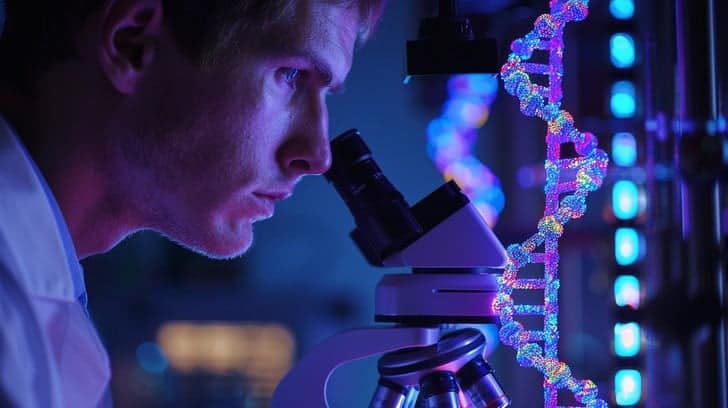 A vibrant illustration of a genome highlights colorful palindromic DNA repeats winding gracefully along a double helix strand. | Photo by stockcake.com
A vibrant illustration of a genome highlights colorful palindromic DNA repeats winding gracefully along a double helix strand. | Photo by stockcake.com
CRISPR stands for Clustered Regularly Interspaced Short Palindromic Repeats.
These are distinct DNA sequences found in bacterial genomes, characterized by repetitive patterns interspersed with unique “spacer” sequences.
CRISPR’s main function is to serve as a memory bank, storing genetic snippets from viruses that previously attacked the bacterium, helping recognize and defend against future invasions.
[Source: Broad Institute]
3. Bacterial Immune Defense: How CRISPR Works
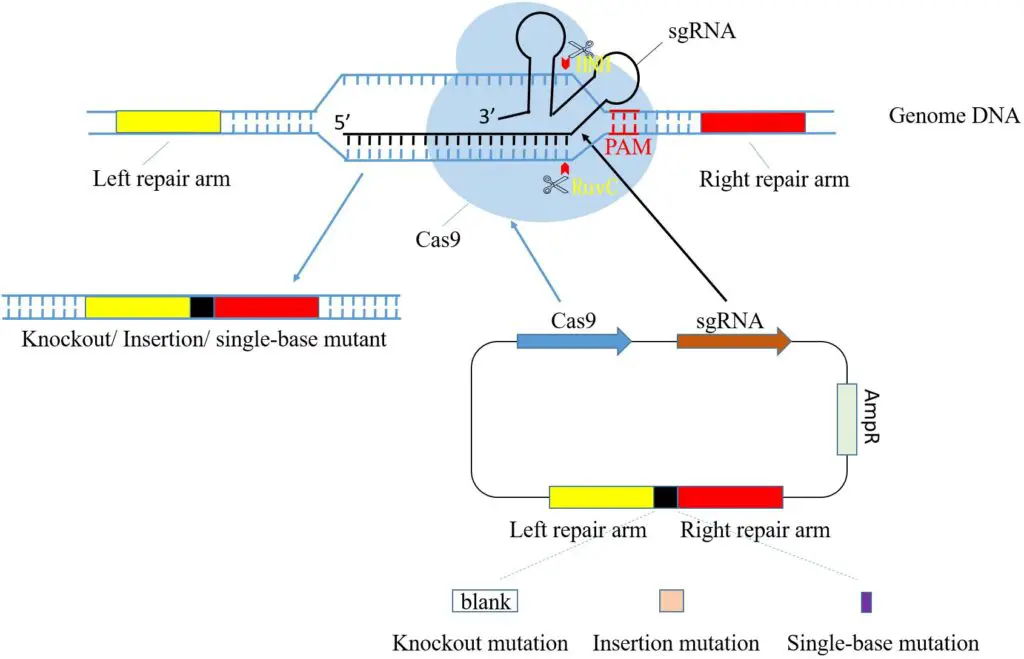
When a virus invades a bacterium, the CRISPR system captures fragments of the viral DNA and inserts them as “spacers” between the repeating sequences.
This stored genetic information acts as a genetic memory, enabling bacteria to recognize and mount a defense against future attacks by the same virus.
When re-infected, the bacterium produces RNA copies of the spacers, guiding CRISPR-associated proteins to destroy the invader’s DNA.
[Source: NIH]
4. The Role of Cas Proteins in Gene Editing
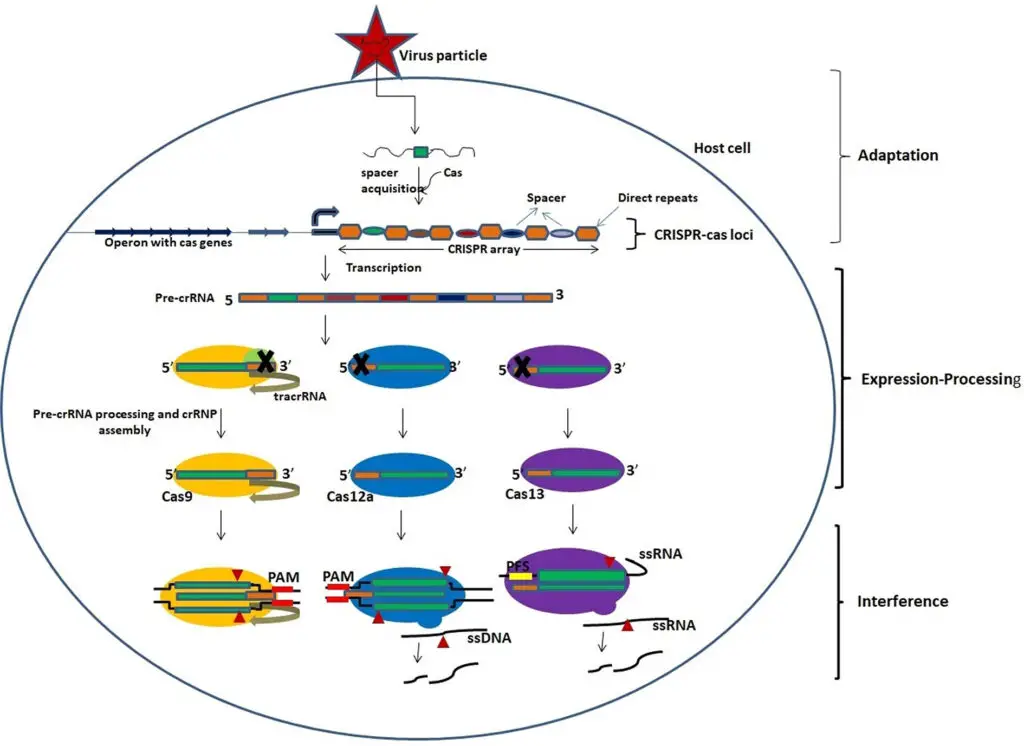
At the heart of the CRISPR system are Cas (CRISPR-associated) proteins, which function as highly precise molecular scissors.
These proteins are guided by RNA derived from the stored viral sequences and are responsible for seeking out and cutting matching DNA.
Cas9 is the most renowned of these, celebrated for its remarkable accuracy and versatility.
The ability of Cas9 to precisely target and edit specific DNA sequences underpins its revolutionary potential in genetic engineering.
[Source: Science]
5. Jennifer Doudna and Emmanuelle Charpentier’s Breakthrough (2012)
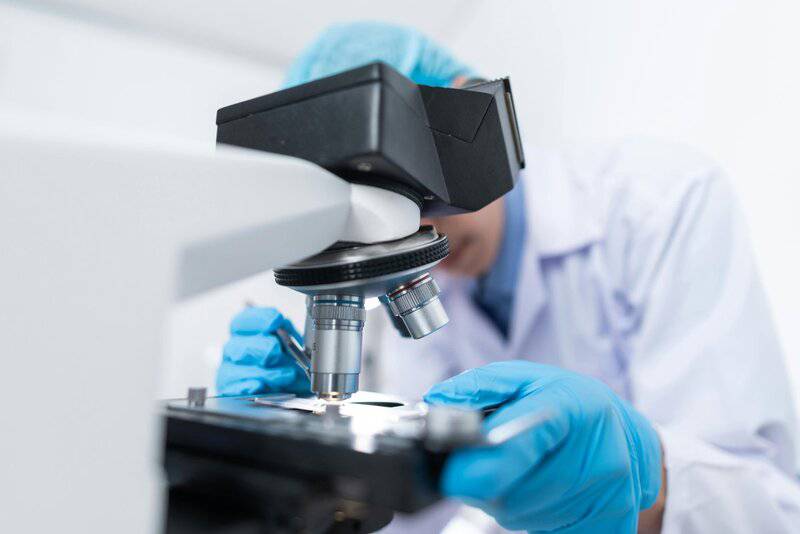
In 2012, Jennifer Doudna and Emmanuelle Charpentier achieved a landmark breakthrough by harnessing the CRISPR-Cas9 system as a programmable gene-editing tool.
They demonstrated that CRISPR-Cas9 could be directed to cut DNA at precise locations, making gene editing faster, cheaper, and more accurate than ever before.
This revolutionary advance propelled genetic engineering into a new era, earning them the Nobel Prize in Chemistry in 2020.
[Source: Nobel Prize]
6. CRISPR Compared to Previous Gene-Editing Methods
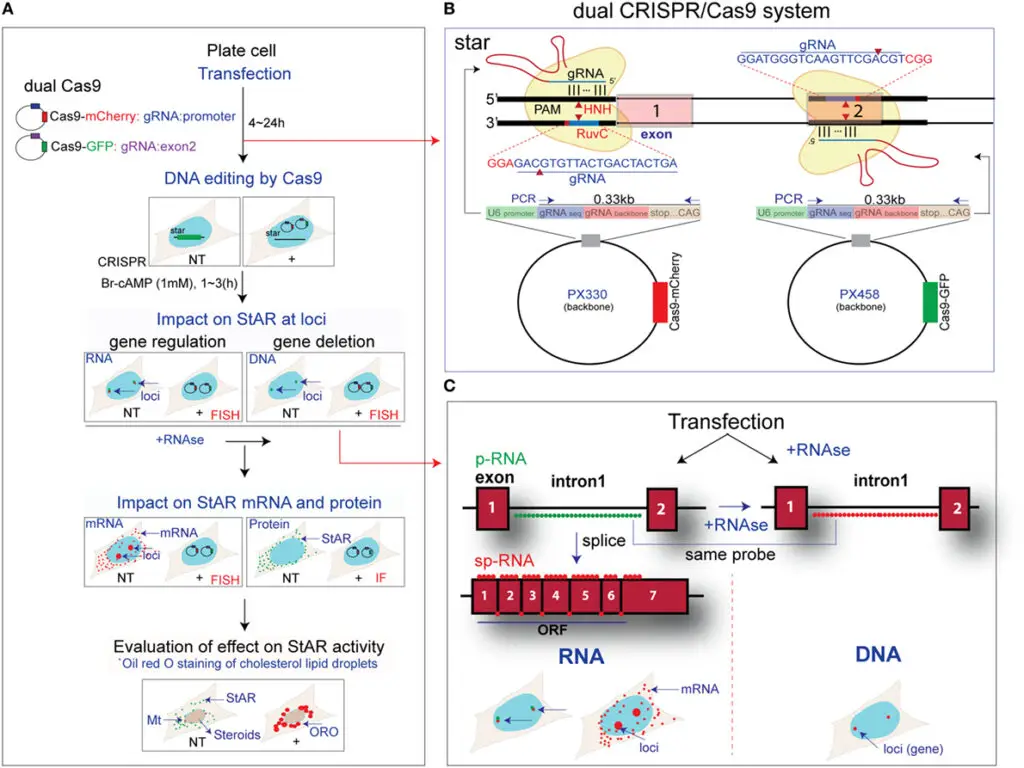
Before CRISPR, scientists relied on complex tools such as zinc finger nucleases and TALENs for gene editing.
These methods required intricate protein engineering and were often expensive and time-consuming.
CRISPR’s straightforward RNA-guided approach stands out for its simplicity, accuracy, and affordability.
This leap in efficiency has made genome editing accessible to more researchers and accelerated progress across the life sciences.
[Source: Nature]
7. The Programmability of CRISPR

With CRISPR, researchers can simply design a custom RNA guide to direct the Cas9 protein to virtually any DNA sequence.
This programmability gives CRISPR unmatched flexibility for editing genes, studying function, or correcting mutations.
Its ease of customization has opened up new possibilities for both basic research and therapeutic applications.
[Source: MIT Technology Review]
8. Wide Applications in Medicine
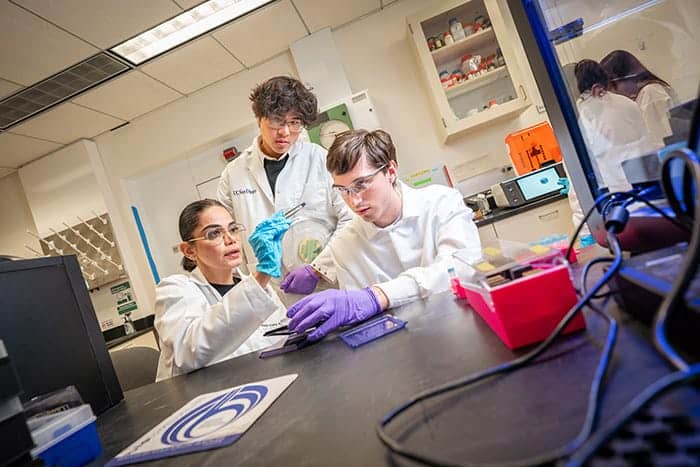
CRISPR has ushered in a new era for treating genetic diseases previously thought incurable.
Researchers are using CRISPR to correct mutations responsible for conditions like sickle cell anemia and cystic fibrosis.
Clinical trials are already underway, testing the safety and effectiveness of these gene-editing therapies in patients.
As CRISPR technology advances, its promise for curing rare and inherited disorders continues to grow rapidly.
[Source: NIH]
9. Transforming Agriculture with CRISPR

CRISPR is revolutionizing agriculture by enabling scientists to create crops that are more resilient to diseases, pests, and environmental stresses.
This technology helps improve food yields and quality, while reducing reliance on chemical pesticides.
Through targeted gene edits, CRISPR offers a sustainable path toward food security and environmental stewardship, addressing critical challenges in global agriculture.
[Source: USDA]
10. Ethical Questions and Societal Impact

As CRISPR’s capabilities expand, so do ethical concerns regarding its use.
Debates swirl around the possibility of creating “designer babies”, perpetuating inequality, and the risk of unintended genetic changes.
There are worries about access to gene-editing therapies and the moral implications of altering future generations.
Society must grapple with these complex questions to ensure that the benefits of CRISPR are realized responsibly and equitably.
[Source: The Hastings Center]
11. The Nobel Prize in Chemistry 2020

In 2020, Jennifer Doudna and Emmanuelle Charpentier were honored with the Nobel Prize in Chemistry for their groundbreaking work on the CRISPR-Cas9 system.
Their achievement underscored the immense global impact of gene editing, recognizing CRISPR as one of the most significant scientific tools of the century.
[Source: Nobel Prize]
12. CRISPR in Environmental Science

CRISPR technology is now being harnessed to engineer microbes capable of breaking down pollutants and restoring damaged ecosystems.
By precisely tailoring microbial genomes, scientists are developing innovative solutions for tackling environmental challenges such as toxic waste and oil spills.
This approach offers a promising path toward a cleaner and more sustainable planet.
[Source: ScienceDaily]
13. CRISPR as a Diagnostic Tool
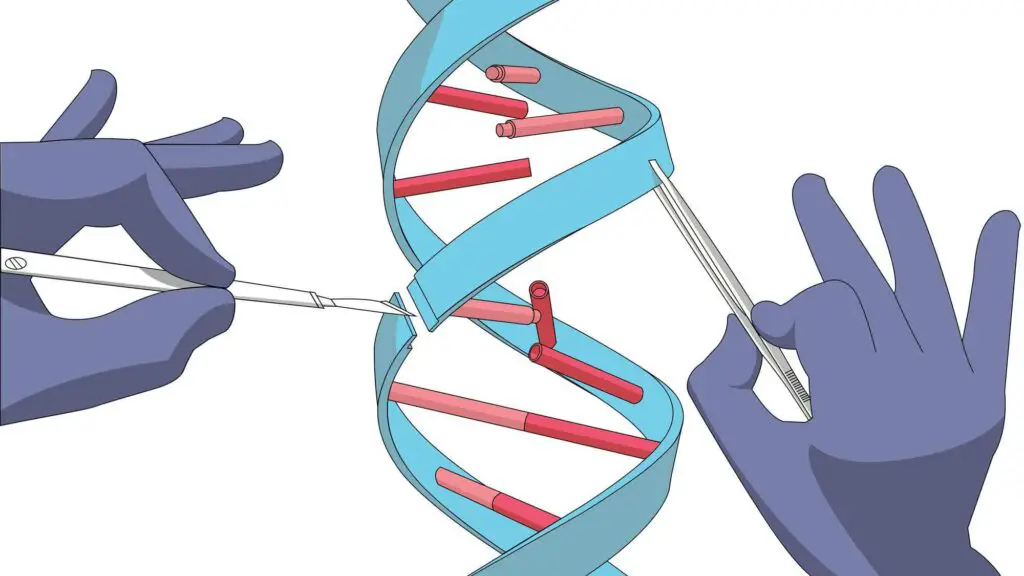
Beyond gene editing, CRISPR has inspired a new generation of rapid diagnostic tests such as SHERLOCK and DETECTR.
These tools use CRISPR’s precision to detect viral genetic material, enabling quick and highly accurate identification of pathogens—including SARS-CoV-2, the virus responsible for COVID-19.
Such diagnostics are transforming how we track and manage infectious diseases worldwide.
[Source: Harvard]
14. CRISPR and Antimicrobial Resistance

Researchers are exploring CRISPR as a novel weapon against antibiotic-resistant bacteria.
By programming CRISPR systems to target and disable resistance genes within bacterial populations, scientists aim to restore the effectiveness of existing antibiotics.
This innovative approach could play a critical role in addressing the growing threat of antimicrobial resistance in healthcare.
[Source: Nature Reviews Microbiology]
15. Gene Drives and Controlling Disease Vectors
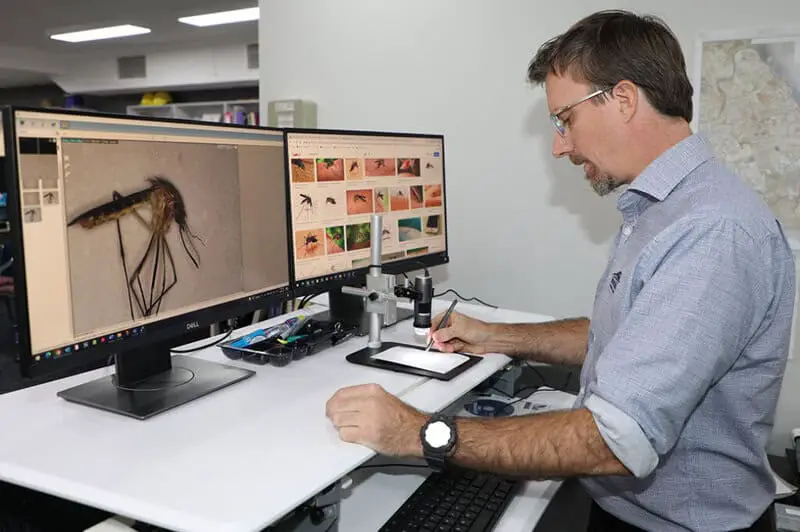
CRISPR has enabled the development of gene drives, powerful genetic systems designed to spread specific traits through populations of disease-carrying insects, such as mosquitoes.
By targeting genes linked to malaria transmission, researchers hope to curb the spread of this deadly disease.
However, gene drives also raise ecological concerns, as altering wild populations could have unpredictable consequences for ecosystems.
Careful oversight and public dialogue are essential as this technology advances.
[Source: CDC]
16. CRISPR in Animal Research
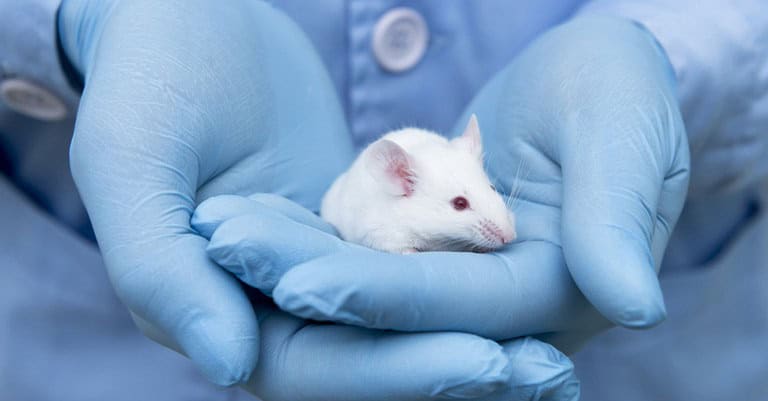
With CRISPR, scientists can rapidly create animal models that carry precise genetic mutations linked to human diseases.
This accelerates biomedical research and drug discovery by providing powerful tools for studying disease mechanisms and testing new therapies.
The ability to engineer animal genomes precisely is transforming our understanding of health and disease.
[Source: NIH]
17. International Regulation and Governance

The rapid rise of CRISPR has prompted countries worldwide to develop regulations for its use, especially in human gene editing.
Policies vary significantly, with some nations imposing strict bans while others adopt more permissive approaches.
This patchwork of rules highlights the urgent need for international cooperation and shared ethical standards to ensure responsible and safe advancement of gene-editing technologies.
[Source: Nature]
18. Patent Battles and Commercialization

As CRISPR’s commercial value soared, intense patent disputes erupted between leading research institutions over ownership of the technology.
These legal battles have significant implications for biotech startups, licensing agreements, and the pace of innovation.
The outcome shapes who can develop and market CRISPR-based products, influencing research funding and access to cutting-edge therapies worldwide.
[Source: STAT News]
19. CRISPR in Synthetic Biology
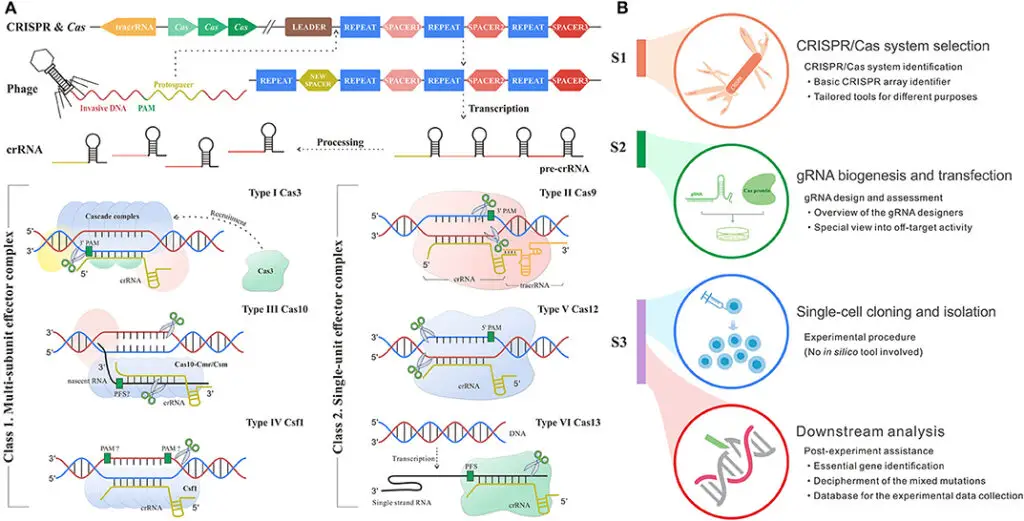
CRISPR is a cornerstone technology in the field of synthetic biology, enabling scientists to design and construct synthetic organisms with novel traits.
By editing and assembling genetic circuits, researchers can program microbes to produce valuable compounds, develop biosensors, or even create entirely new biological systems.
This innovation is redefining the possibilities at the intersection of biology and engineering.
[Source: Synthetic Biology Center]
20. Future Innovations and Next-Generation CRISPR Tools

The CRISPR field continues to evolve with the development of next-generation tools such as base editing and prime editing.
These technologies enable scientists to make even more precise and predictable genetic changes without cutting both DNA strands.
Such advances promise to expand the range of treatable diseases and accelerate discoveries in biotechnology and medicine.
[Source: Nature]
21. A Lasting Legacy: CRISPR’s Place in Modern Science

From humble beginnings as a bacterial immune defense, CRISPR has risen to become one of the most transformative technologies in modern science.
Its rapid evolution has reshaped entire fields—from genetics and medicine to agriculture and environmental science.
The enduring legacy of CRISPR lies in its unparalleled versatility and the new frontiers it continues to open for research, innovation, and human health.
[Source: Science]
Conclusion

From its origins in bacterial genomes to its role as a revolutionary tool, CRISPR has transformed science, medicine, and society.
Its potential seems boundless, but responsible progress requires ongoing research, ethical oversight, and global collaboration.
As we continue to unlock CRISPR’s promise, its careful stewardship will shape the future of biology—and humanity—for generations to come.
Disclaimer

This article is intended for informational purposes only and should not be considered a substitute for professional medical, scientific, or legal advice.
For guidance specific to your situation, always consult qualified experts.
Stay curious and informed as science continues to evolve.

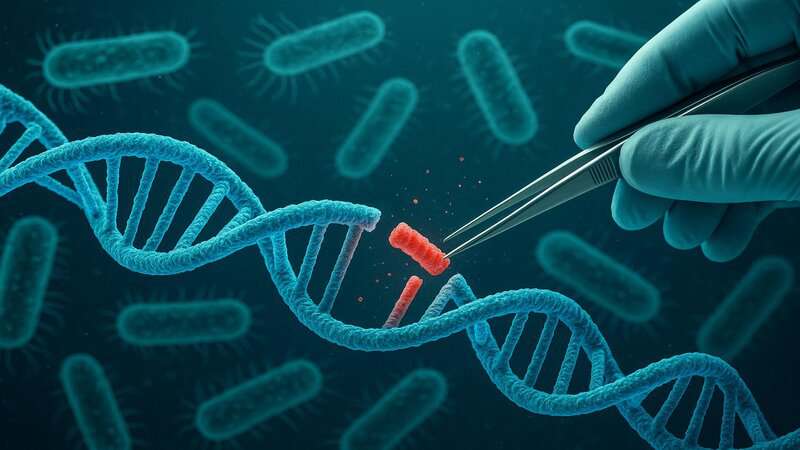

Vielleicht interessiert es Sie:
Wussten Sie! Minensuchratten auf dem Schlachtfeld und sie sind super effektiv!
Wie viele Giraffenarten gibt es? Leben sie alle in Afrika?
Der Vogel ist das Weibchen der Vögel: wahr oder falsch?
Warum bauen Biber Dämme? Welchen Nutzen?
Warum leben manche Tiere nachtaktiv? Welche Vorteile?
Küssen Tiere? Ist das die gleiche Bedeutung wie Menschen?
200+ Hilarious Seahorse Jokes That Will Make You Smile and Giggle
200+ Funny Investment Jokes to Boost Your Financial Humor Game